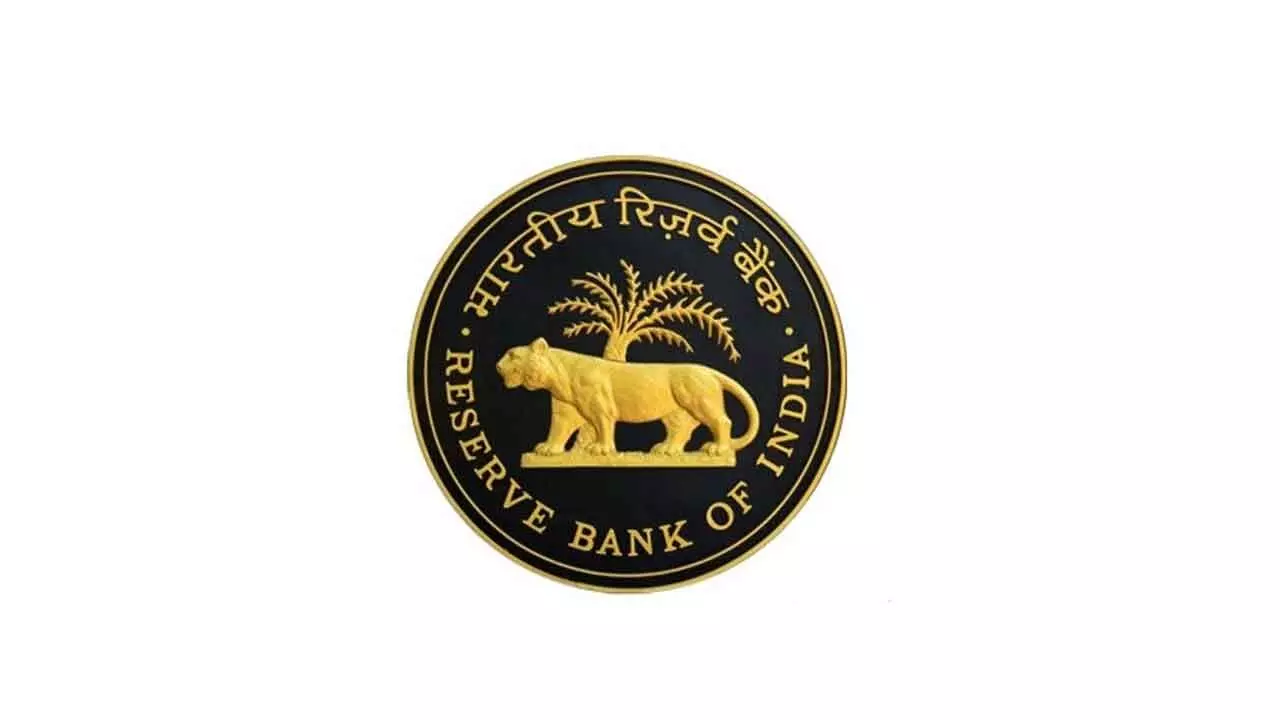Unpacking the RBI's "Surprise" Rate Cuts: A Proactive Stance Amidst Hidden Headwinds
Unpacking the RBI's "Surprise" Rate Cuts: A Proactive Stance Amidst Hidden Headwinds

The financial markets and many economists were left scratching their heads earlier this June when the Reserve Bank of India (RBI) announced a surprisingly large cut to its key interest rates. On June 6th, the central bank reduced the repo rate by a significant 50 basis points and the cash reserve ratio (CRR) by a substantial 100 basis points. What made this move so puzzling was the prevailing narrative of a robust and steadily improving Indian economy, supported by several positive high-frequency indicators.
So, why did the RBI choose to "frontload" such a substantial monetary stimulus when the economy appeared to be "chugging along nicely"?
A Deeper Look Beyond the Surface Indicators
Indeed, on the face of it, many economic signals painted a rosy picture. Goods and Services Tax (GST) collections, a reliable proxy for corporate revenue, have shown a consistent upward trend since late 2024. Similarly, monthly E-Way bills, indicative of goods movement and tax compliance, have been growing by over 13% year-over-year for the past twelve months. Even the inflation outlook seemed benign, with forecasts for a normal monsoon season promising a surge in food production, which would likely keep food inflation (a major component of India's Consumer Price Index) in check and support urban consumption.
However, the RBI's actions suggest a more nuanced understanding of the economic landscape, hinting at underlying vulnerabilities that necessitated proactive intervention. RBI Governor Sanjay Malhotra, in his post-meeting interactions, offered a partial explanation, stating that while the economy was growing, it was still below the bank's "aspirations," especially given the prevailing global uncertainty. This global backdrop, he suggested, compelled the Monetary Policy Committee (MPC) to ease policy with the aim of stimulating consumption and investment.
Unveiling the Hidden Stresses on Consumption
Beyond the broad stroke of "global uncertainty," a closer look reveals several domestic signs indicating that Indian consumption might indeed be facing subtle yet significant headwinds.
One key indicator is passenger car sales. Despite the overall positive sentiment, year-on-year sales growth for passenger cars in the fiscal year ending March 2025 remained subdued, at less than 2%. While motorcycle and scooter sales showed stronger buoyancy, growing at 9.1% year-on-year (suggesting resilience in rural and semi-urban consumption), the sluggishness in urban car sales points to a potential dip in urban consumer sentiment.
More concerning, perhaps, is the emerging trend of households financing their consumption by taking on more debt. While India's household debt as a proportion of GDP may not be alarming when compared to other emerging markets, it has steadily climbed from 36% to 42% over the past two years, according to the RBI. The surge in credit card loans, a whopping 50% over the last three years, further underscores this trend. Consequently, the household savings rate has seen a decline, dropping from 24% a decade ago to approximately 18% currently. This suggests that while consumption is occurring, it might be fueled by borrowing rather than robust income growth and savings, which is a less sustainable path for long-term economic health.
The Strategy of "Dry Powder" and Future Challenges
By initiating these significant rate cuts, the RBI aims to alleviate some of this household financial stress. Lowering borrowing costs for mortgages and personal loans could reduce monthly outlays, theoretically increasing disposable incomes and boosting both consumption and investment.
However, the effectiveness of this move remains a point of debate. Boosting consumption often requires more than just cheaper money; it fundamentally relies on increased confidence related to job security and income visibility. Moreover, central banks typically prefer to keep some "dry powder" – room for further stimulus – for times of genuine crisis. While the RBI still has some ammunition, its recent substantial cuts mean that this monetary space is now more limited than ideally desired. For instance, the repo rate during the pandemic hit a low of 4%, which is 1.5 percentage points below the current level. Excluding the pandemic, the lower bound has typically been only about 50 basis points below where it is now. Furthermore, the Cash Reserve Ratio (CRR) is already at a record low, leaving minimal scope for further cuts on that front.
This limited monetary space could become a concern, especially if the economy faces unforeseen challenges in the future. Governor Malhotra has hinted that more policy room could become available if inflation continues to fall below the bank's projections. Fortunately for the RBI, India's consumer inflation has been consistently below the central bank's target of 4% since February, with the most recent print in May at a promising 2.82%, potentially nearing a decade low. This moderation is partly attributed to declining food prices and increased imports from deflation-hit China. While global geopolitical events, such as the recent Israel-Iran conflict, initially posed a threat of oil price spikes, the announcement of a ceasefire has somewhat eased those immediate concerns. However, ongoing global trade tensions could still exert upward pressure on global prices while simultaneously dampening growth.
In essence, the RBI's large rate cuts, though seemingly surprising given the headline indicators, appear to be a proactive measure to address hidden weaknesses in consumption and household finances. However, by making such significant moves now, the central bank might find itself with less "dry powder" to deploy if the economy truly needs a more substantial push in the future. It's a calculated risk, aiming to shore up the foundations of growth before any subtle cracks widen into bigger problems.

